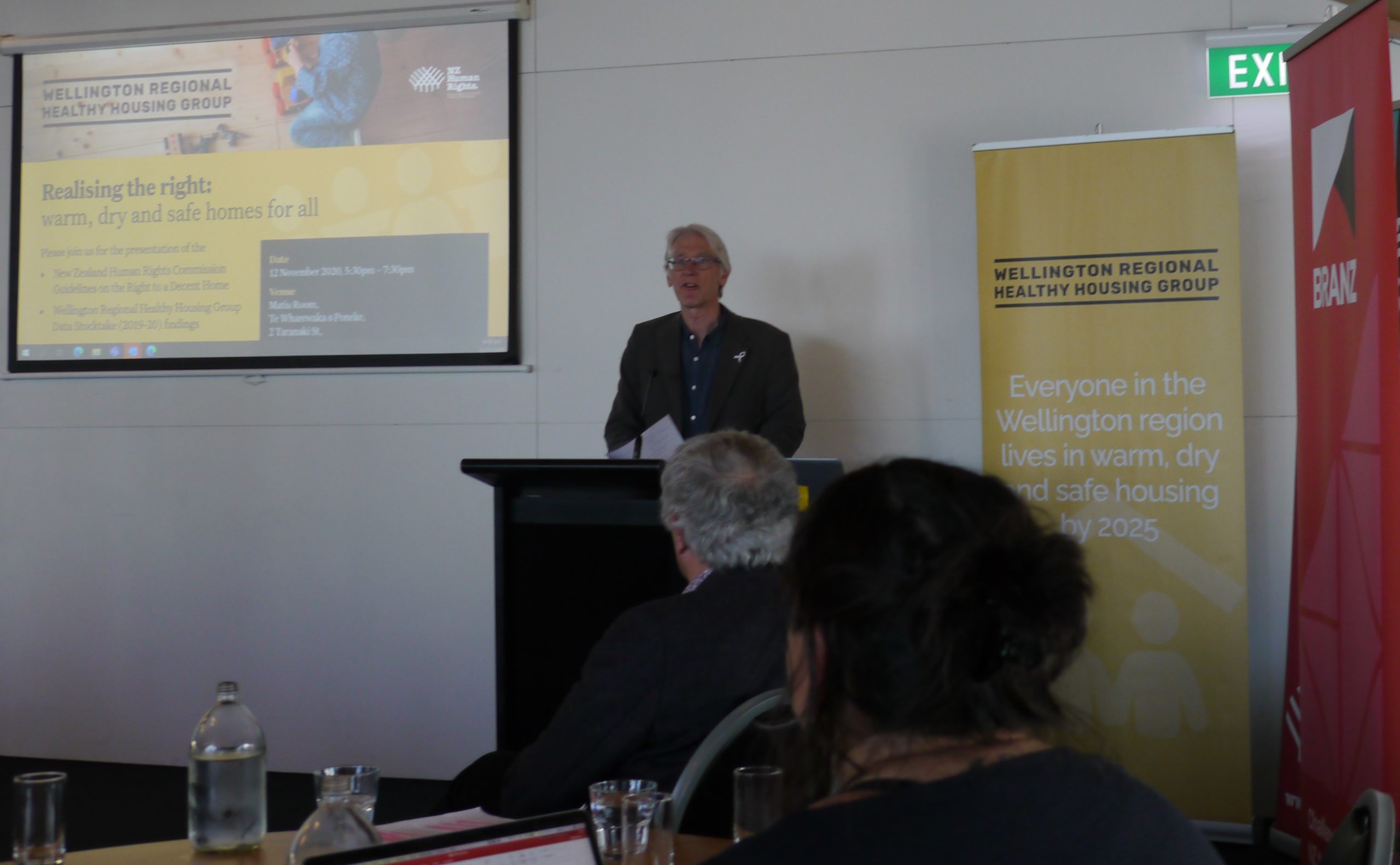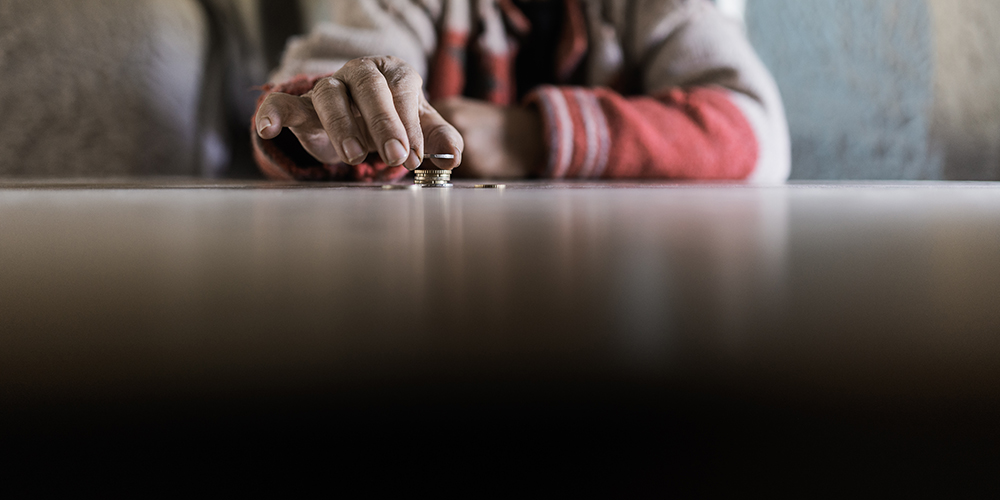
A three or four-fold increase in the number of hospitalisations of children in Porirua and Hutt City for Acute Rheumatic Fever (ARF) to date this year and a 25% increase nationally highlights the serious impact of unaffordable and low-quality housing on kiwis. In most of the developed world, ARF has been eliminated. Not so in NZ, where ARF cases are almost exclusively Māori and Pacific. These statistics are yet another illustration of the severe and increasing housing inequity in Aotearoa.
Strep throat, which causes ARF, is strongly correlated to crowded housing conditions. Crowding is a function of both housing affordability and housing quality. While the 2018 Census results show that crowding and overcrowding continue to be a significant issue that disproportionately affects Māori and Pasifika people, new census questions on mould and dampness in homes further highlighted this inequality.[1]
The current spike in ARF hospitalisations is a particularly dramatic one and Porirua GP Bryan Betty observed this is likely related to increased crowding as a result of COVID-19 response.[2] Cheryl Davies, Manager of Tu Kotahi Māori Asthma and Research Trust who work with whānau in the Hutt Valley agrees, observing that “there has been a shortage of housing for a long time, and this is getting worse but I think during COVID-19 people have pooled resources to make ends meet. We have delivered food and sanitation packs to over 20,000 people during the last 6 weeks and we’ve been seeing households of 18 or 23 people in a 3 bedroom house – this is a level of overcrowding we’ve not really seen before.”
“While BRANZ research indicates 40% of kiwi homes are mouldy or damp, modelling suggests that Wellington homes are worse than the national average” notes Dr. Lucy Telfar-Barnard, Senior Research Fellow in the Department of Public Health at Otago University. Cold, damp homes further contribute to high rates of illness including through exacerbating crowding. “Warm homes mean people don’t need to all be in the one warm room in the house, or sleep in the same room to stay warm. That ‘functional crowding’ contributes to the spread of strep throat, the infection that leads to rheumatic fever” emphasises Dr. Telfar-Barnard.
“Poor housing, fuel poverty, financial stress and a shortage of housing are a combined stress that affects whānau health” confirms Cheryl Davies.
The government has recognised that poor quality housing and lack of affordable homes are serious issues and the recent announcements of increased investment in social housing and an expansion of the Warmer Kiwi Homes programme are positive steps, but more is needed. The Wellington Regional Healthy Housing Group call for urgent further investment and action to all kiwis can live in warm, dry and safe homes.
[1] https://www.stats.govt.nz/news/more-than-1-in-3-maori-and-pacific-people-live-in-a-damp-house
[2] https://www.rnz.co.nz/news/national/417429/spike-in-rheumatic-fever-cases-in-wellington







